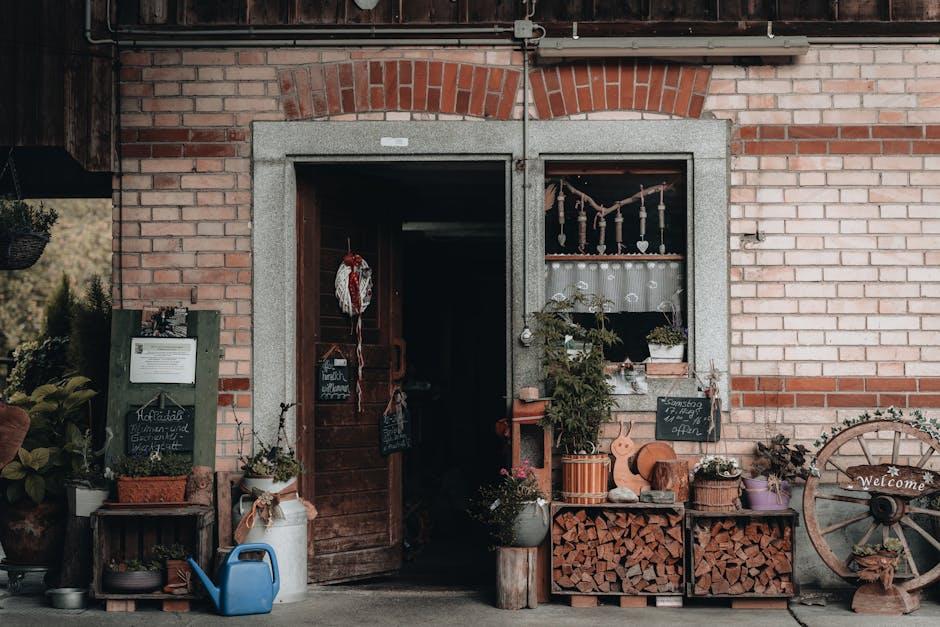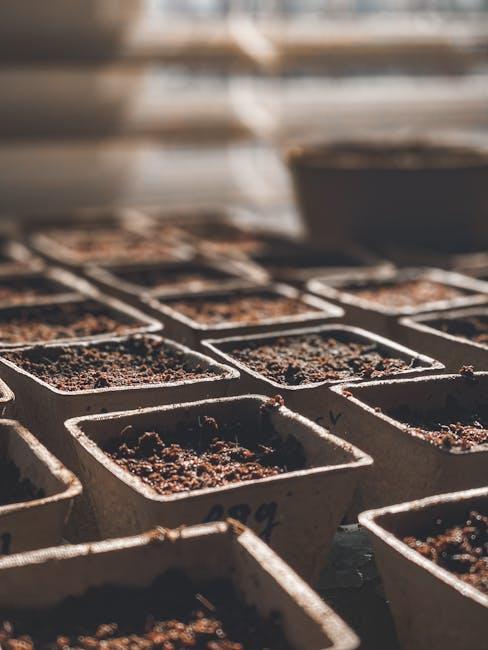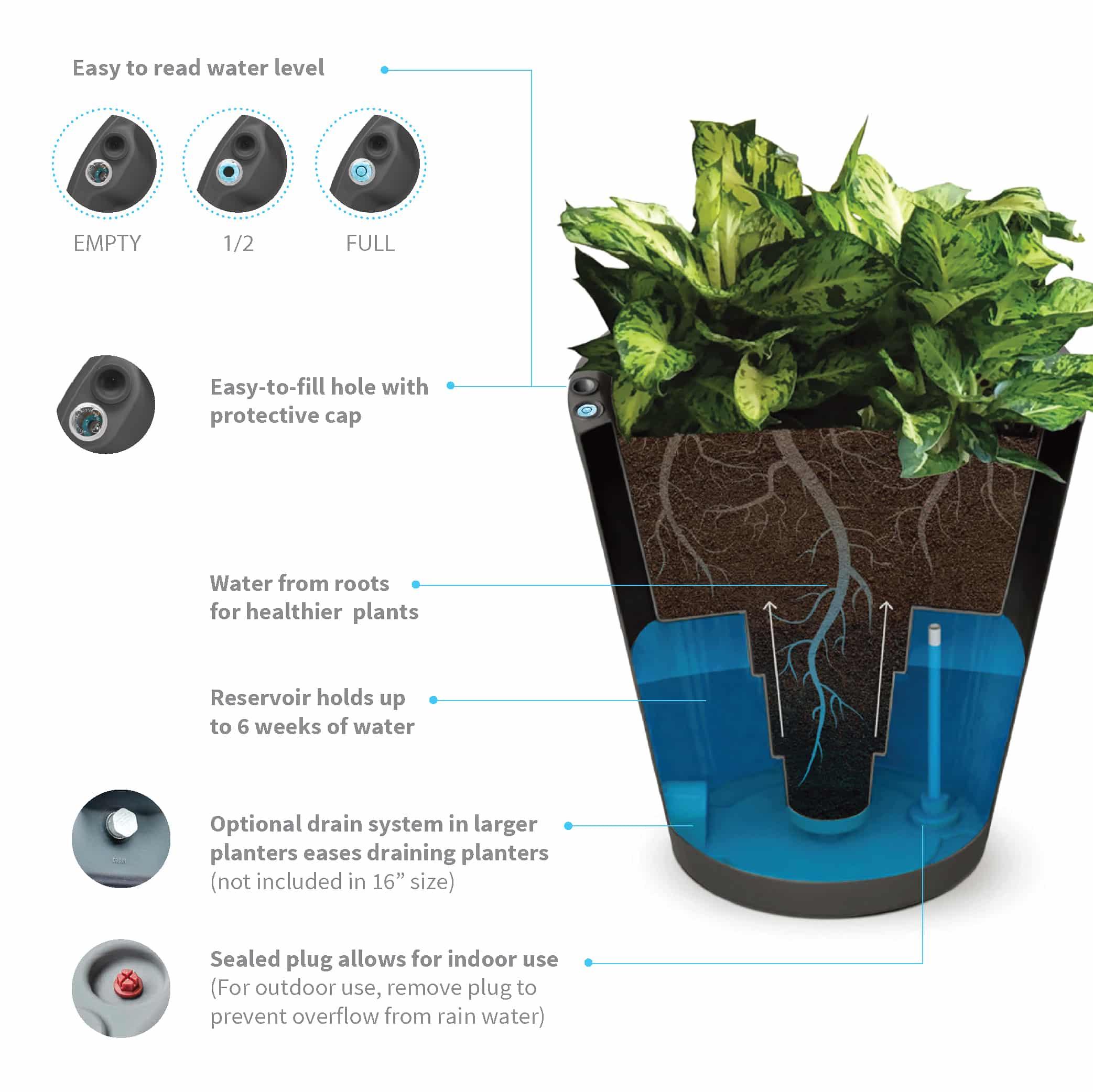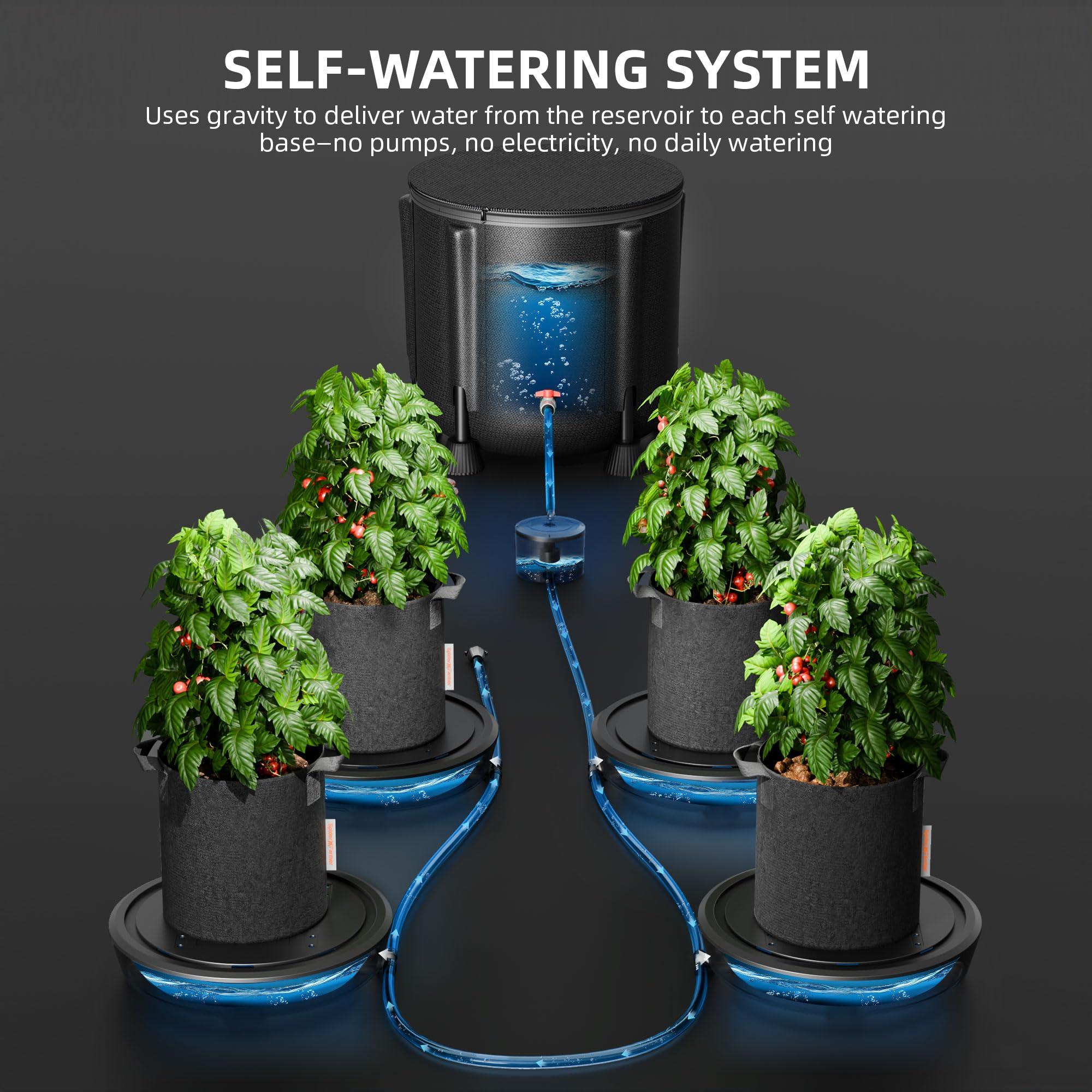In the modern age of gardening, where time is often a luxury and plant care can sometiems feel like an art form reserved for the fortunate few, self-watering planters have emerged as a promising innovation. These clever containers appear to offer a solution to one of the most common challenges faced by both novice and experienced gardeners alike: the quest for the perfect balance of hydration. But do these seemingly magical planters truly simplify the plant care experience, or are they just another whimsical addition to the gardening toolkit? As we delve into the ins and outs of self-watering planters, we’ll explore their mechanics, benefits, and potential drawbacks, helping you determine whether they deserve a place among your horticultural companions. Join us on this journey to uncover whether these ingenious designs are a gardener’s best freind or simply a passing trend in the world of plants.
Exploring the Mechanisms Behind Self-Watering Planters
Self-watering planters are ingeniously designed to optimize the hydration process for plants, allowing gardeners to focus more on nurturing growth rather than constantly managing moisture levels. These planters typically utilize a reservoir system that maintains a consistent supply of water for the plants’ roots, ensuring they receive the moisture they need without the risk of overwatering. The basic mechanisms that make this possible include:
- Capillary Action: Soil absorbs water through tiny spaces, allowing moisture to reach the roots gradually.
- Reservoir Tanks: A separate water compartment provides a backup supply, which can be accessed by the plant as needed.
- Moisture Indicators: Some designs incorporate visual indicators that help you monitor water levels easily.
Moreover, the engineering behind self-watering planters can vary considerably, with different materials and methods impacting effectiveness and maintenance. As an example, some models might utilize wicking materials that enhance the capillary action, while others may feature programmable timers to automate watering schedules. Notably, factors such as plant type, growing conditions, and seasonal changes also play essential roles in determining how effectively a self-watering system supports plant health. understanding how these mechanisms work can help gardeners maximize the advantages offered by self-watering planters, promoting healthier, more vibrant plants.

Evaluating the Benefits for Busy Plant Enthusiasts
For busy plant enthusiasts, embracing self-watering planters can led to a more manageable and enjoyable gardening experience. These planters are designed to keep your plants hydrated consistently, reducing the frequent need for water checks and minimizing the chances of over or under-watering. This is especially beneficial for those with hectic schedules, as self-watering planters allow for a seamless blend of plant care into everyday life. With these innovative solutions, gardeners can focus more on choosing the right plants and enjoying their greenery rather than stressing over the watering routine.
Moreover, self-watering planters offer additional advantages that align with the lifestyles of those constantly on the go. Here are some key benefits:
- Time efficiency: Spend less time watering and more time enjoying your plants.
- Healthier plants: Maintain optimal moisture levels, promoting healthier growth.
- Flexible Scheduling: Perfect for frequent travelers or those with unpredictable work hours.
the transformative effects of self-watering planters provide a perfect solution for busy plant lovers, ensuring that their leafy companions receive the care they need, even amid a sense of urgency.

Choosing the Right self-Watering Planter for Your Plants
When selecting a self-watering planter, it’s essential to consider several key factors to ensure your plants thrive. Start by evaluating the size of the planter in relation to the plants you intend to grow. A pot that is too small can restrict root development, while one that is excessively large may retain too much water, leading to root rot. Additionally, inspect the material of the planter. Options range from plastic to ceramic, each offering different aesthetic qualities and levels of insulation for temperature regulation. Don’t forget to check for drainage holes and ensure that the self-watering reservoir is easily accessible for filling and cleaning.
Another crucial aspect is the watering mechanism. Some planters use a simple wick method, while others feature a more complex reservoir system. If you’re new to plant care, a straightforward design may be more suitable. Additionally, consider the design style to match your home decor. Self-watering planters come in various styles, from modern to rustic, which can enhance your interior or outdoor space.Lastly,look for any additional features,such as built-in moisture sensors that alert you when it’s time to refill the reservoir,helping to simplify your overall plant care routine.

Tips for maximizing the Effectiveness of Self-Watering Systems
To ensure your self-watering system operates at its full potential, select appropriate plants that thrive in conditions suited for such systems.Consider species that prefer consistent moisture levels, such as herbs, ferns, or tropical plants. Additionally, opt for planters made from quality materials, as they can significantly affect moisture retention and distribution. Here are some factors to keep in mind:
- Soil Type: Use a mix designed for self-watering systems that promotes drainage and moisture retention.
- Planter Size: Choose a planter that accommodates the growth of your plants, allowing adequate space for roots.
- Climate adaptation: Evaluate your indoor or outdoor climate and choose plants that can adapt to your local conditions.
Regular maintenance is critical for long-term performance. Make it a practice to check water levels periodically and clean out the reservoir to avoid algae buildup. Seasonal changes might require adjustments in the watering schedule; for instance, during peak summer months, your plants may need more water than during winter. A simple monitoring routine can enhance your self-watering system’s efficacy:
| Season | Watering frequency | Notes |
|---|---|---|
| spring | Once a week | Begin increasing water as plants grow. |
| Summer | Twice a week | Monitor closely due to high evaporation. |
| Fall | Once a week | Gradual decrease in water needs. |
| Winter | Every two weeks | Reduce watering to prevent over-saturation. |
In Retrospect
self-watering planters stand at the intersection of innovation and nature,promising to simplify the often intricate dance of plant care. They invite both novice gardeners and seasoned botanists to explore a more carefree approach to nurturing green companions.By understanding the mechanics behind these clever vessels and assessing their benefits and limitations, you can make an informed choice best suited to your lifestyle and gardening goals. While they may not replace the need for attentive care, self-watering planters certainly offer a refreshing tether between convenience and participation in the flourishing world of plants. So,whether you opt for these modern marvels or embrace traditional methods,remember that the journey of plant care is not just about thriving flora,but also about cultivating a deeper connection with nature itself. Happy gardening!

